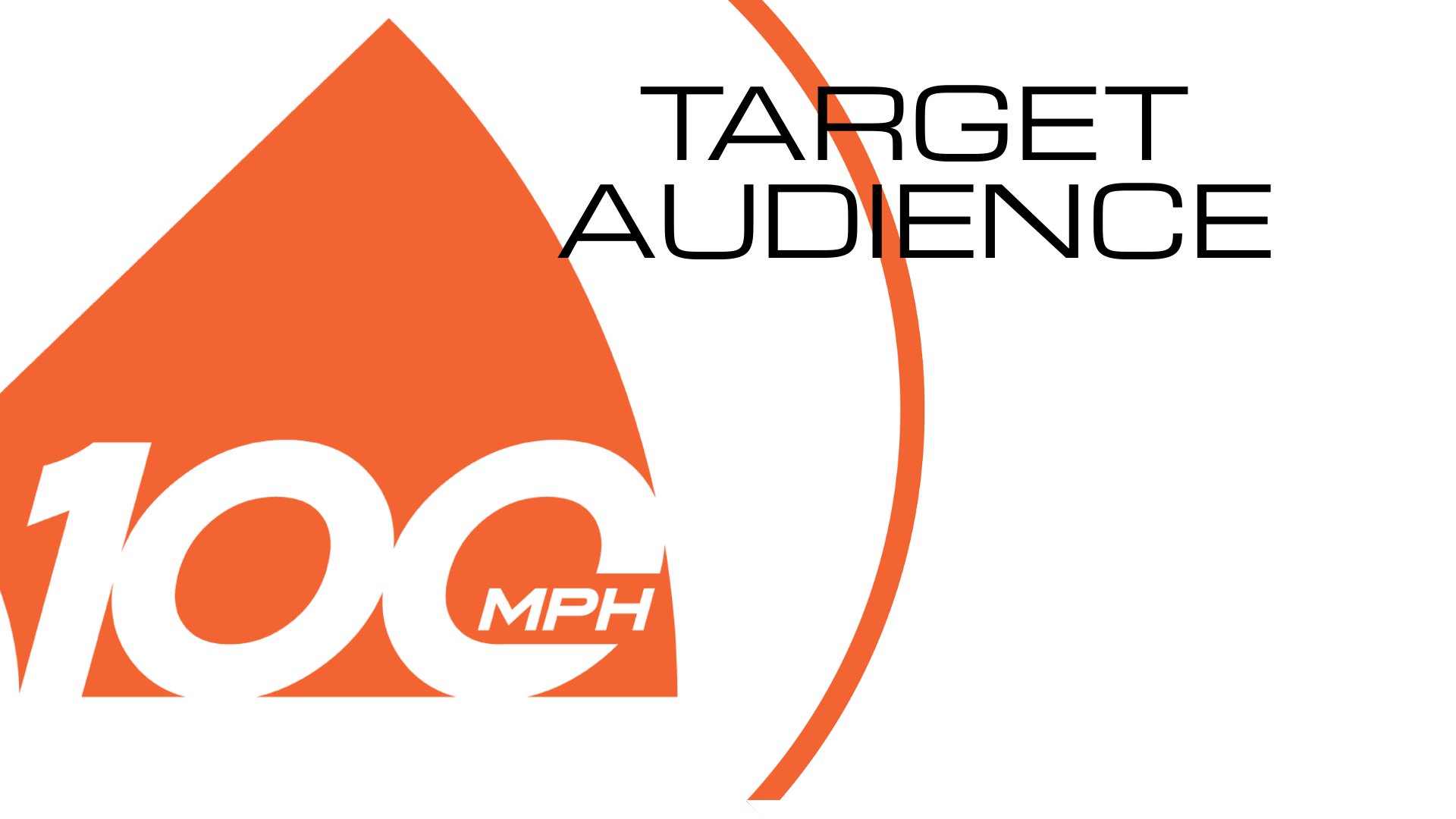5 Ways to Define and Find Your Target Audience with Examples
Learn 5 strategies to identify and reach your target audience for your business. Explore real-world examples and find inspiration for your own service or product marketing efforts.

Target audience is a crucial concept in marketing, referring to the specific group of individuals or customers that a company aims to reach with its products or services. Identifying and understanding the target audience is essential for any marketing campaign as it allows businesses to tailor their strategies, messages, and products to meet the needs and preferences of those most likely to engage with their brand.
Focusing on the target audience, companies can enhance the effectiveness of their marketing efforts, increase brand loyalty, and ultimately drive sales. Successful brands such as Nike, Starbucks, and Airbnb have excelled by precisely defining and targeting their audience segments, resulting in impactful marketing campaigns that resonate with their customers and differentiate them from competitors. By analyzing consumer demographics, interests, behaviors, and market trends, these brands have been able to deliver relevant and engaging content that speaks directly to the hearts of their target audiences, establishing strong connections and driving long-term success.
1. Conduct Market Research:
When looking to define and find your target audience, conducting market research is essential. This involves using both quantitative and qualitative research methods to analyze demographics, psychographics, and behavior patterns. For example, Starbucks successfully defined its target audience as coffee lovers with limited time and a daily routine by understanding their preferences and habits. By delving into customer data and market trends, businesses can identify key characteristics that help shape their target audience profiles. This process allows companies to tailor their communication strategies, product offerings, and marketing campaigns to effectively reach and engage with their desired audience segments.
2. Analyze Your Current Customer Base:
When defining and finding your target audience, one effective method is to analyze your current customer base. By comparing demographics and data of your existing customers, you can identify trends and common characteristics that will help you understand your target audience better. For example, you can use email segmentation to identify different customer profiles based on consumer behavior, age, and other key factors. This analysis can guide you in creating targeted ad campaigns, developing specific services, and tailoring content to different segments. Understanding your buyer personas, determining the most effective marketing steps, and utilizing various online platforms like websites, YouTube, and social media posts can help you reach your audience more effectively. By following these steps, you can meaninfully connect with your target audience and improve your overall marketing strategy.
3. Create Customer Personas:
When defining and finding your target audience, a crucial step is to create customer personas. By developing fictional representations of ideal customers like "Sarah," a young professional mom seeking convenient and healthy meal options, you can better understand your audience. These personas should incorporate demographics, needs, goals, and motivations to tailor your marketing strategies effectively. It's essential to match your content with the image and messaging that resonates with your target audience. By considering keywords like term, range, and rate, you can optimize your content to attract the right audience effectively. Additionally, utilizing templates can streamline the persona creation process and help you identify the niche markets that will enhance your conversion rate. Remember to write content that matches the preferences and needs of your target audience, ensuring a perfect match between what you offer and what they seek.
4. Monitor Social Media and Online Activity:
When defining and finding your target audience, it is essential to monitor social media and online activity. Utilizing social listening tools can help track brand mentions and engagement, providing valuable insights into how your audience perceives your brand. Analyzing online behavior allows you to gain a deeper understanding of user interests and preferences, helping tailor your marketing strategies accordingly. For instance, monitoring Instagram hashtags can reveal discussions about specific products or services, such as a particular skincare product. By staying attuned to these online conversations and behaviors, businesses can better identify and connect with their target audience.
5. Collaborate with Influencers:
When defining and finding your target audience, one effective strategy is to collaborate with influencers. By partnering with influencers who resonate with your brand values and target audience, you can leverage their wide reach and influence to connect with potential customers. For instance, a company could consider teaming up with mommy bloggers to effectively reach parents of young children. This collaborative approach allows for a more targeted and impactful way to engage with specific demographics and create meaningful connections that can lead to increased brand awareness and customer engagement.
Conclusion
To define and find your target audience effectively, you can utilize a variety of strategies. Analyzing competitor audiences, collecting internal data, examining social media analytics, interviewing potential customers, and conducting surveys are all crucial approaches to pinpointing your target audience.
Implementing these strategies, you can gain valuable insights into consumer demographics, interests, behaviors, and preferences. Properly identifying your target audience is essential for the success of your marketing campaigns. It helps increase ROI, differentiate your brand from competitors, develop a unique brand voice, and foster brand loyalty. Therefore, I encourage you to incorporate these strategies into your marketing efforts to ensure targeted and impactful outreach to your audience.
F.A.Q.
What is the importance of defining and finding your target audience?
Finding and defining your target audience is crucial for the success of any business or marketing effort. It helps identify the specific group of people who are most likely to be interested in your products or services. By understanding your target audience, you can target your marketing efforts more effectively, choose the right message and channels to reach them, and ultimately improve the relevance and efficiency of your marketing campaigns.
How can you define your target audience?
There are several ways to define your target audience. You can start by identifying your current customers and conducting market research to segment and understand different customer groups. You can also analyze your competitors' audience and gather data on demographics, psychographics, and behavior to create buyer personas that represent your ideal customers.
What are some strategies to find your target audience?
To find your target audience, you can use website analytics to gather insights on your existing visitors, social media listening to understand conversations and preferences, keyword research to discover search trends, surveys to collect feedback, and networking events to engage with potential customers in person.
Can you provide an example of defining a target audience?
For example, a cosmetic company may define its target audience as women aged 25-45 who are interested in natural beauty products. They may further segment the audience based on income level or lifestyle preferences to tailor their product offerings and marketing messages accordingly.
How does defining a target audience benefit a business?
Defining a target audience is crucial for any business as it helps in clearly identifying the specific group of individuals that the company aims to reach and engage with. This definition allows businesses to tailor their marketing strategies to resonate effectively with this particular audience, leading to a more efficient allocation of resources and ultimately improving the return on investment (ROI). By understanding the unique needs and preferences of their target audience, businesses can create personalized campaigns that not only set them apart from competitors but also foster stronger connections with customers, thereby increasing brand loyalty and driving sales. This targeted approach not only enhances marketing efforts but also influences product development, customer service, and overall business growth.
What role does knowing your target audience play in advertising?
Knowing your target audience is crucial in advertising as it helps in tailoring your message to resonate with the specific type of individuals you aim to reach. By identifying your target audience, you can plan and execute targeted advertising campaigns that are more likely to capture their attention and drive engagement. This means selecting the right platforms, languages, and mediums to effectively reach your intended audience. Understanding your target audience also allows you to describe your products or services in a way that aligns with their preferences and needs, ultimately leading to a higher likelihood of conversion. In essence, knowing your target audience enables you to map out a strategic advertising approach that is designed to connect with and appeal to the specific characteristics and interests of your audience.
